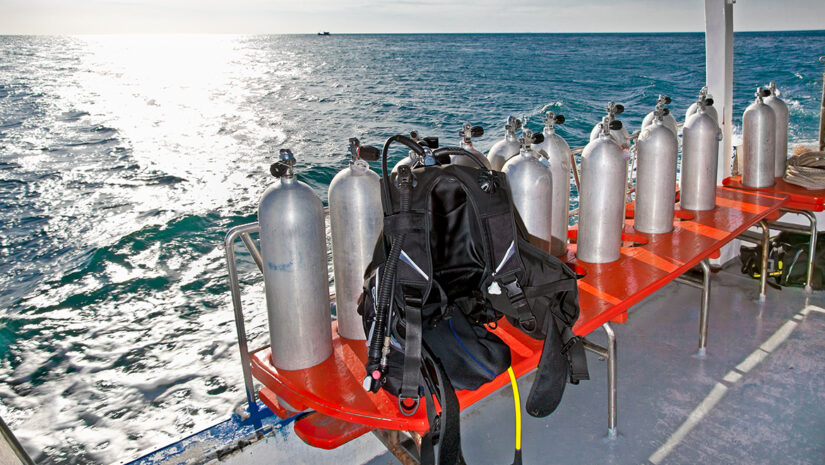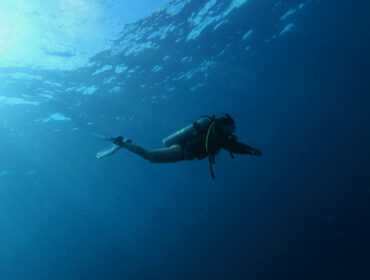Buoyancy Compensators (BC) or Buoyancy Control Devices (BCD) are essential dive gear or equipment needed for a SCUBA dive. If you’re looking at owning your own set of gear, diving as a profession, or even a long-term hobby, next to your Scuba regulator, it’ll probably be the most significant investment in your dive kit. So, how do you choose the proper buoyancy compensator? Let’s start with the basics and understand BCDs to help make that purchase easier.
What is a Buoyancy Compensator, and Why do divers use it?
As the name suggests, buoyancy compensators help divers control their buoyancy underwater to attain neutral buoyancy. Divers have to wear heavy gear like the Scuba tank, which makes diving possible in the first place. The heavy equipment and the fact that the human body wasn’t designed for underwater existence bring the need for some man-made help—a Buoyancy compensator (BC). A BC is crucial to a diver staying underwater at a neutral level so that they are not floating to the surface or sinking to the bottom uncontrolled.
A BC or Buoyancy Control Device (BCD) is an inflatable vest/jacket worn by a diver with air pockets. Air is added into the BC if you want to rise in the water, and there is a release mechanism that lets air out of the BC descend, allowing the diver to control his buoyancy underwater. However, a BC jacket is needed for more than just buoyancy. It forms the central part of securing the entire dive kit together. A diver air supply, i.e., the Scuba tank, is strapped onto the back of the buoyancy compensator. Integrated with a harness to strap the tank on your back, the BCD also has pockets and straps for your gauges and octopus. In short, it secures all your other necessary dive gear to it.
Types of Buoyancy Compensators
There are two types of BCDs in wide use today-
1) Jacket or Vest Style BC’s
This is the most common type of BCD used in recreational diving today. As the name implies, it looks just like a vest or jacket. The air pockets wrap around the diver from back to front, and the front is fastened with buckles.
The jacket style of scuba BCDs stabilizes and allows a diver to float vertically at the surface as the pockets around the diver’s body fill up evenly with air.
2) Back Mounted or Wing Style BC’s
This second type of buoyancy compensator is not as common as the first. Its air pockets are located at the back of the vest, and when filled, they fill up on either side of the tank, much like wings.
The advantage of this style of BC is that it allows more freedom of movement as it doesn’t wrap around the sides of the body. It can also be quite modular and allow for two tanks and more weight to be carried without obstructing. Technical divers prefer this style of BCD. The wing-style BCD also tends to put the diver in a horizontal position since the air pockets are on the back.
In the next post on SCUBA Gear, we’ll discuss what features and parts to look at while buying a buoyancy compensator. Until then, take a look at some of our other SCUBA Gear articles here.


